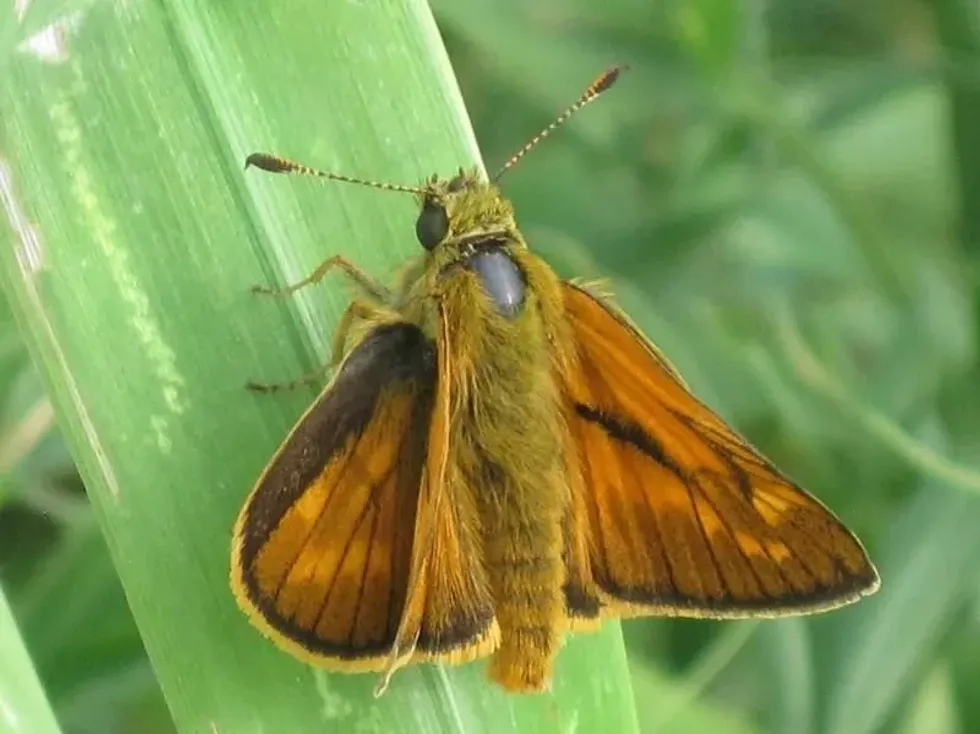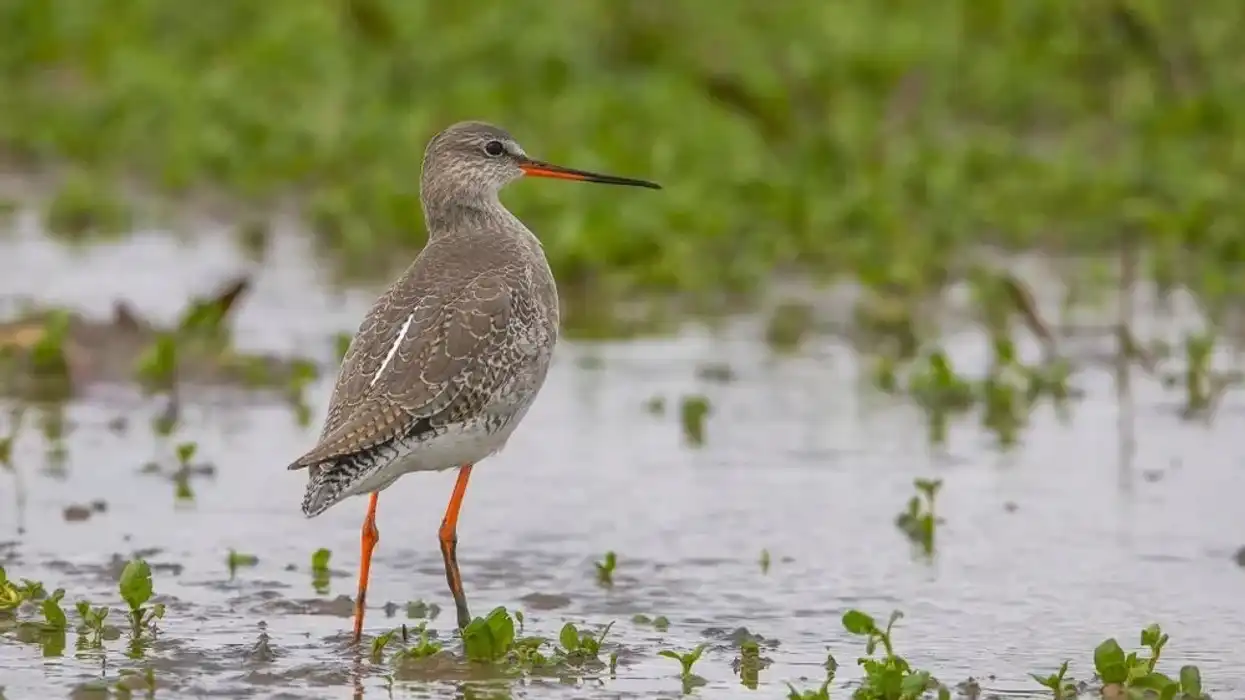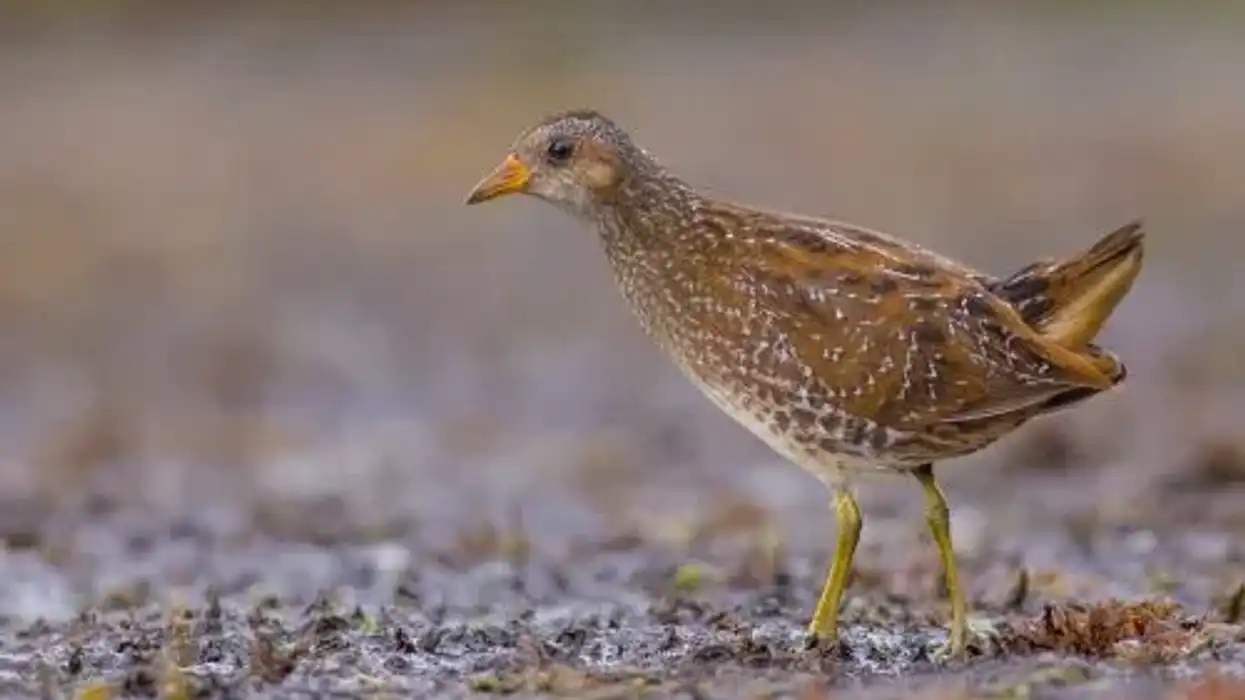The large skipper (Ochlodes sylvanus) is species of butterfly of the family Hesperiidae. This skipper butterfly is spread across habitats in Europe, England, Wales, and Scotland. These skipper butterflies were known as Ochlodes venatus, however, this is a Far East relative.
There are still some discussions about whether large skippers should be included as a subspecies within O. venatus. The original specific name proposed for these butterflies by ICZN was Papilio sylvanus.
However, the name is conserved in 2000 by the ICZN commission's decision. These butterflies are orange-brown on the upper side of the wings and greenish-yellow on the underside of the wing with faint chequered patterns. The caterpillars are blue.
The Holarctic genus Ochlodes is placed in the Hesperiini tribe and Hesperiinae subfamily. There are over 25 species in this genus. The skippers of Hesperiini are called branded grass skippers.
They are given this name as all male skippers in this tribe have a black line brand of scales present on their forewings, which releases pheromones to attract females. There are over 50 genera in this tribe. Pierre Andre Latreille, a French zoologist, established this subfamily in 1809.
You may also read more fun facts about five-spotted hawk moth and painted lady butterfly on Kidadl.
Large Skipper Interesting Facts
What type of animal is a large skipper?
The large skipper is a large brown skipper butterfly of the order Lepidoptera and phylum Arthropoda. This orange-brown butterfly is similar to a small skipper and is not that much bigger. The form of these skippers lies between butterflies and moths.
When these adults rest, their wings are held in a typical vertical position. The male and female can be found feeding on flowers particularly thistles and brambles.
Female skippers are less conspicuous. Male skippers can be found waiting in a sunny position, normally on a broad leaf awaiting passing females. This family of skippers is diurnal
What class of animal does a large skipper belong to?
The large skipper butterfly belongs to the class of Insects of animals.
How many large skippers are there in the world?
The exact number of large skipper distribution in the world is not known.
Where does a large skipper live?
The large skipper habitat range is widespread from the East Palearctic realm in North Asia, Japan, and China. Their population is also widespread in the British Isles occupying England, Wales, and southwestern Scotland. They are not found in Ireland.
What is a large skipper's habitat?
The range of a large skipper's habitat includes woodland rides, roadside verges, woodland clearings, field edges, meadows, hedgerows, and urban areas like churchyards, gardens, and parks. They prefer grass lands where there are flowers and where grasses grow tall.
Who do large skippers live with?
Large skipper butterflies are typical solitary creatures.
How long does a large skipper live?
Adult large skipper butterflies live for about a year.
How do they reproduce?
The male large skipper releases pheromones from a black line brand of scales present on their forewings to attract females. The abdomen of the males and females attach and the male fertilizes the eggs of the female.
The male and female adults have a single brood in northern Europe and Britain and three broods in the southern regions. The female lays large skipper eggs individually on the underside of the leaf of large skipper caterpillar foodplants or grasses particularly cock's foot (Dactylis glomerata).
These eggs are laid by female in July and August.
The larvae hatch after two weeks. Few other types of grass or foodplants are purple moor-grass (Molinia caerulea), tor-grass (B. pinnatum), false brome (Brachypodium sylvaticum), and wood small-reed (Calamagrostis epigejos).
The larvae will construct a typical skipper shelter by cutting the leaf with silk and begin to feed. Larvae hibernate as a half grown large skipper caterpillar and then comes out to continue growing and feeding in spring.
During May and June, pupation lasts for three weeks and from June to August, they reach adult stage. This species are the first butterflies to emerge in the UK. In sunny weathers, this butterfly species is active and attracted to flowers especially bramble flowers.
What is their conservation status?
The conservation status of the large skipper is Not Evaluated. However, their distribution in the world faces a threat due tot he clearing of habitats.
Several woodland and grass land areas are being managed by Wildlife Trusts for the benefit of all skippers and other butterflies. There are several ways to protect and keep these woodlands and regions with grasses in good condition.
Methods include hay-cutting at the right time, grazing with traditional breeds, and scrub clearance and coppicing which supports the population of invertebrates.
Large Skipper Fun Facts
What do large skippers look like?
The large skipper of the family Hesperiidae is similar to chequered skippers. This skipper species is relatively small and not a lot larger than the small skipper or the Essex skipper.
Their body is squat with the antennae hooked at the tips. The upperside is orange-brown with light brown spots and brown border.
The underside of their hind wing is green-yellow with sparse yellow spots. The male has an androconial dark line that is broad and scented that extends through to the top of their forewings. There are bright square marks on their hindwings.
The hindwings are masked when the wings are opened and they have obliquely folded forewings. This species has a faint chequered pattern on their underside and upperside.
They can differentiated from Lulworth skippers by the absence of hooked antennae on the Lulworth species. When these adults rest, their wings are held in a typical vertical position. The caterpillar is bluish-green with black-brown head with yellow stipe each side and dark line extending down their back. There is no difference between the male and female.

How cute are they?
These butterflies can be considered pretty due to their patterned wings. Also, a blue caterpillar is quite unique and fun to spot.
How do they communicate?
These skippers communicate using sight and scent.
How big is a large skipper?
A large skipper caterpillar grows up to 1.1 in (28 mm) and its wingspan as a butterfly is 1.1-1.25 in (28-31.7 mm). These skippers are almost half the size of a queen butterfly.
How fast can a large skipper fly?
The exact speed of these skippers is not known. However, the fastest butterfly species are skippers and they can fly up to 37 mph (59.5 kph).
How much does a large skipper weigh?
The weight of large skipper butterflies is not known. Skippers usually weigh around 0.001 lb (0.45 g).
What are the male and female names of the species?
There are no specific names given to male and female skippers.
What would you call a baby large skipper?
There is no specific name given to the large skipper baby.
What do they eat?
These butterflies feed on nectar and grass. Large skipper larvae also feed on grasses like Alopecurus pratensis, Phalaris arundinacea, poaceae, Elymus caninus, and Phragmites communis.
Are they dangerous?
No, they are not dangerous to humans.
Would they make a good pet?
No, they would not make good pets.
Did you know...
The northern white skipper (Heliopetes ericetorum) or large white skipper butterfly distribution is widespread around North America.
The large tailed skipper or long tailed skipper (Urbanus proteus) is a spread-winged skipper species that occupies subtropical and tropical South America.
Some common predators of skippers are wasps, praying mantis, toads, parasitic flies, monkeys, snakes, rats, and birds.
How do you identify a large skipper?
A large skipper's body is squat with the antennae hooked at the tips. Their upperside is orange-brown with light brown spots and brown border.
The underside of their hind wing is green-yellow with sparse yellow spots. The male has an androconial dark line that is broad and scented that extends to the top of its forewings. There are bright square marks on their hind wings.
The hind wings are masked when the wings are opened and they have obliquely folded forewings. This species has a faint chequered pattern on the underside and upperside.
What role does a large skipper play in the ecosystem?
These large skippers and all other skippers are pollinators and also a food source to larger animals.
Here at Kidadl, we have carefully created lots of interesting family-friendly animal facts for everyone to discover! For more relatable content, check out these red admiral butterfly facts and Viceroy butterfly facts for kids.
You can even occupy yourself at home by coloring on one our free printable large skipper coloring pages.










